Sony NEX-5 Review
Sony NEX-5
Sony's compact system camera has big camera features.
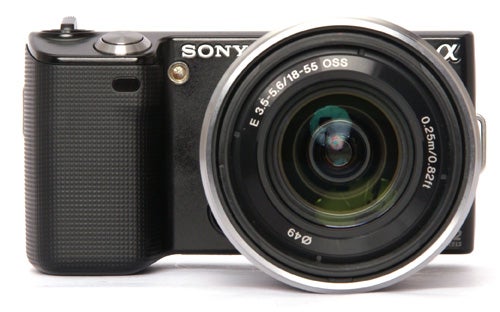
Verdict
Key Specifications
- Review Price: £529.99
 (centre)
(centre)
Best DSLR and System Camera(/centre)
The NEX-5 and its sister camera the NEX-3 represent Sony’s debut into the rapidly-growing compact system camera market. Since the launch of the Panasonic Lumx G1 just under two years ago demonstrated that it was possible to have the versatility, performance and picture quality of a digital SLR in a smaller form factor, more and more manufacturers have jumped on the bandwagon. Olympus, Samsung and Ricoh (GXR review coming soon) have all launched cameras with compact bodies and interchangeable lenses.
However Sony has trumped them all with the smallest compact system camera yet. The NEX-5 features a full-size APS-C 14.2-megapixel sensor, a large articulated 7.5cm monitor and full 1080p HD video with stereo audio, with a body not much bigger than a standard compact camera.
The NEX cameras are designed as a system, with interchangeable lenses and a range of other accessories including a miniature external flashgun, a clip-on optical viewfinder and an external stereo microphone. The system has only just been launched, so naturally the range of available lenses is a bit limited, with only a 16mm f/2.8 pancake lens, an 18-200mm f/3.5-5.6 optically stabilised superzoom lens and the 18-55mm f/3.5-5.6 optically stabilised standard zoom kit lens shown here. However the 16mm lens has two teleconverters available, and there is also an adaptor that allows the NEX cameras to be used with existing Sony Alpha SLR lenses, as well as with older Minolta Dynax lenses. This potentially gives the NEX system access to a wider range of optics than any of its immediate rivals.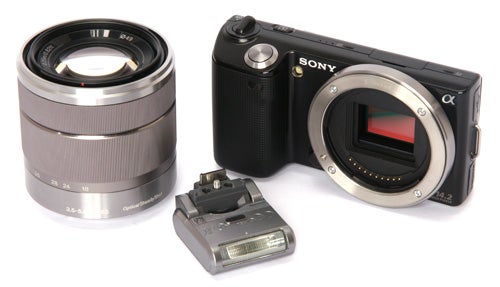
Pricing is obviously a key factor in a competitive market. The slightly lower spec NEX-3 with an 18-55mm kit lens is currently selling for around £450, while the NEX-5 with the same lens is going for £530. By a staggering co-incidence these prices are exactly the same as the recently-launched Panasonic Lumix G10 and G2, against which the Sony models are in direct competition, while the Samsung NX10 isn’t much cheaper at £440. I confidently predict that all three manufacturers will start offering substantial discounts in the run up to Christmas 2010, each hoping to beat their arch-rivals in the annual shopping bonanza.
The overall design of the NEX-5 is very reminiscent of another much older Sony camera, the popular DSC-F707, a high-spec 5-megapixel, 5x zoom model launched in 2001. With the 18-55mm standard zoom attached the camera does look somewhat unwieldy, with the lens diameter overlapping the height of the body, and with the larger 18-200mm superzoom lens attached the effect is even more pronounced. However the metal-bodied 18-55mm lens is surprisingly light at 194g, while the camera body weighs 288g including battery and memory card, and the combination handles well. The body has a prominent textured handgrip on the front and a small rubber-coated thumbgrip on the back, and is easy to hold and operate one-handed. I’ve not had a chance to handle the NEX-5 with the 524g 18-200mm lens attached, and I imagine it would require two hands for comfortable operation, but with the smaller lenses the camera is no harder to handle than a small superzoom camera.
The camera’s overall build quality is excellent. The body is made from magnesium alloy and feels very strong and durable. The battery/card hatch has a strong metal hinge and a locking latch, and the panel joins are very tight.
Sony has managed to squeeze a lot of features into a very small space, but the design is efficient and the camera looks clean, contemporary and stylish. The most obvious external feature is the large 7.5 cm (3.0 inch) monitor screen, which is articulated to fold down by 45 degrees or up by almost 90 degrees. It has a resolution of 921,600 dots, the same as Sony’s top-of-the-range digital SLRs, with a very wide angle of view. It is clear and bright enough for use even in bright sunlight, and has a good anti-glare surface. I’ve no doubt that someone in the comments section will bemoan the lack of an optical viewfinder, but with a monitor this good you really don’t miss it too much. It would have been better if it was fully articulated of course, but one can’t have everything.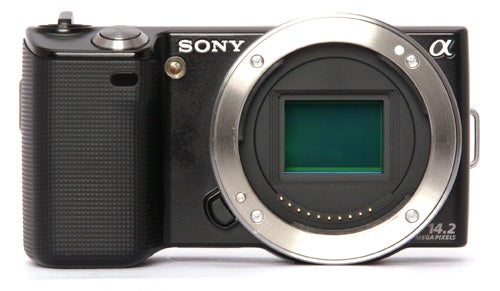
The control layout is much more akin to that of a compact camera than a digital SLR, with the main camera controls consisting of just two multi-function buttons, with a rotary-bezel D-pad for menu navigation and exposure adjustment. In general use it is quick and easy to use, but once you start trying anything other than the basic functions it does get a bit fiddly. Simply adjusting the ISO setting takes four button presses then a turn of the dial and another button press. The menu system is divided into six sections on a pretty graphic screen, but it’s not at all obvious in which section you’ll find what you’re looking for. By way of an example, the ISO setting is found in the “Brightness/colour” section, which is far from obvious. It’s rather ironic that Olympus, which used this sort of graphic menu for many years despite much criticism, has recently switched to a much simpler and easier on-screen sidebar and list menu, and Sony has done the exact opposite.
Complications aside, the NEX-5 is a reasonably versatile camera, with most of the features one would expect to find on an entry-level DSLR. It has the usual program auto, aperture and shutter priority and full manual exposure options (with shutter speeds from 30 secs to 1/4000th), as well as the iAuto scene recognition mode, a limited but useful list of scene mode programs, and Sony’s clever sweep panorama feature. It also has a “3D Panorama” mode, however since it requires one of Sony’s new Bravia 3D TVs to display the results I wasn’t able to fully test this feature. The NEX-5 does have the ability to shoot in Raw mode, as well as Raw plus JPEG.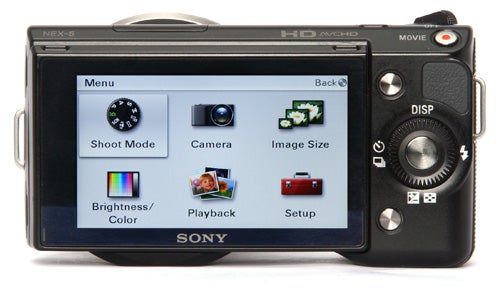
Menu options include the Creative Style settings, which offer a range of pre-sets for different colour styles, such as vivid colour, monochrome, portrait, landscape and sunset. Each of these can be manually adjusted for contrast, saturation and sharpness. Other options include single or continuous focusing, multi-zone, centre spot or flexible spot AF, and even manual focusing, with automatic screen magnification as soon as the focus ring is moved. The monitor is certainly sharp enough for accurate manual focusing.
One unusual feature of the NEX-5 is that instead of the sensor-shift image stabilisation system found in the Sony Alpha digital SLRs, both the current NEX system zoom lenses have optical image stabilisation. The results are very impressive to say the least. I was able to take night-time shots of a firework display with an exposure time of one second without using a tripod, and get good sharp results on most images. The image stabilisation also works well in video recording mode, producing rock-steady footage even when zoomed in.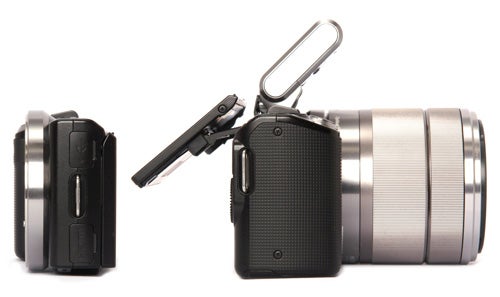
For many potential buyers the stand-out feature of the NEX-5 will undoubtedly be its excellent video recording mode. It shoots at full 1080p HD resolution, with stereo audio recorded by two internal microphones, which are located on the top panel but are surprisingly directional. Video is recorded in the high-quality AVCHD format, and both sound and picture quality are superb. The highly effective image stabilisation system ensures largely shake-free shots, and of course the manually-operated zoom is silent.
The NEX-5’s overall performance is very impressive, and is on a par with a good mid-range DSLR. It starts up and is ready to shoot in under a second, and in single-shot mode it can maintain a shot-to-shot time of approximately 0.9 seconds in both JPEG and Raw plus JPEG modes. It has two continuous shooting modes, the first being a standard mode that includes autofocus between shots, which can maintain 2.5 shots per second, shooting until the memory card is full in JPEG mode, or for eight shots in Raw plus JPEG mode. The other is a speed priority mode which only focuses on the first shot, but which can manage an impressive 7fps in both JPEG mode (for approximately 20 shots) and Raw plus JPEG mode (for eight shots).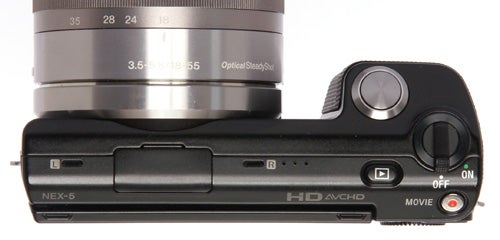
As you’ll gather from those figures, the autofocus system is extremely fast, focusing in a fraction of a second in good light. It does slow down slightly in poor light, but even in total darkness it can focus in under a second, with a very bright AF assist lamp that has a range of several metres. One minor niggle is that the lamp is positioned in such a way that it is easily obscured by the knuckles when gripping the camera.
The NEX-5 uses an APS-C size sensor, the same as a full-size DSLR, so as you might expect the image quality is comparable to that of any of Sony’s Alpha cameras. The lens is also of extremely high quality, with excellent detail and edge-to-edge sharpness with none of the chromatic aberration that bedevils some of Sony’s cheaper Alpha system kit lenses. Colour rendition is superb, exposure is extremely accurate and reliable, and the level of fine detail is as good as any 14MP digital SLR on the market. In theory Raw mode should be even better, since it produces uncompressed files of nearly 15MPB, but unfortunately the supplied PMB conversion software appears to be unable to convert Raw files to anything larger than 1920 x 1080 resolution with severe JPEG compression, and the NEX Raw file format is not yet accommodated by Adobe Camera Raw.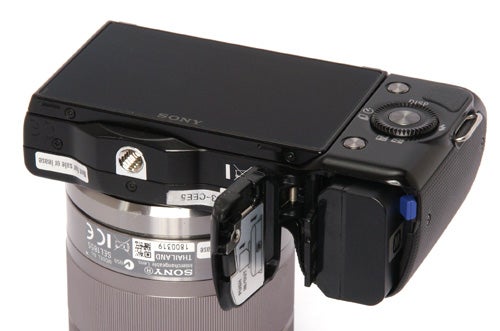
One big advantage of the larger sensor format is reduced noise, and here the NEX-5 scores very highly. It has a minimum ISO setting of 200 ISO, and a maximum of an ultra-fast 12800 ISO. Shots at up to 800 ISO are effectively noise-free, and even 1600 and 3200 ISO produce very acceptable results. 6400 ISO does show some pretty severe noise reduction, with blotchy colour and reduced detail, and the maximum setting is quite noisy, but nevertheless it is a very impressive performance, especially when compared to its rival compact system cameras. The NEX-5 has the sort of image quality that really sets the benchmark for this class of camera.
”’Verdict”’
The Sony NEX-5 is a very impressive debut into the compact system camera class. It is the smallest interchangeable lens camera on the market, but has outstanding build quality, plenty of useful features, excellent performance and the kind of still image and HD video quality you’d be lucky to get from a digital SLR. It really raises the stakes in the compact system camera market.
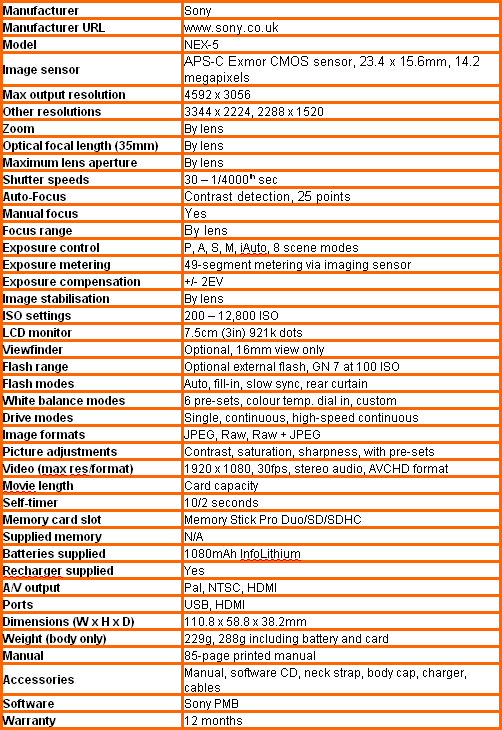
”Over the next few pages we show a range of test shots. On this page the full size image at the minimum and maximum ISO settings have been reduced to let you see the full image, and a series of full resolution crops have taken from original images at a range of ISO settings to show the overall image quality. These pictures were taken indoors using shaded natural light.
—-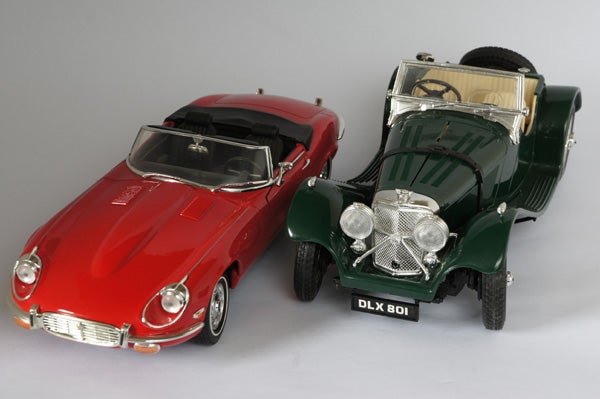
This is the full frame at minimum ISO.
—-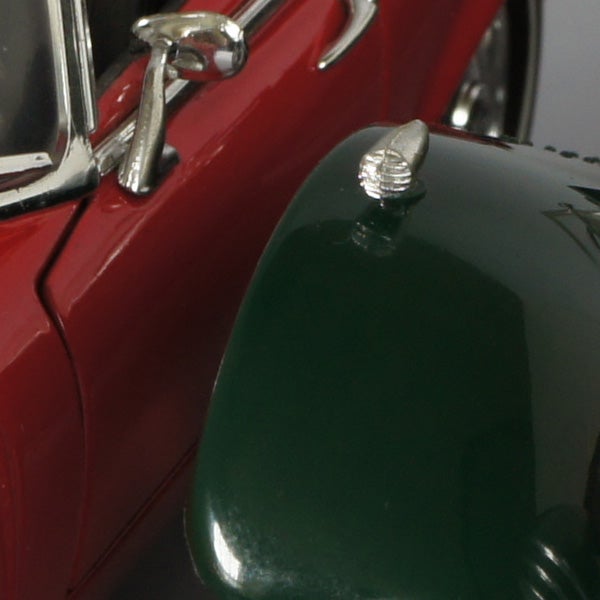
At the minimum 200 ISO the image quality is pretty much perfect.
—-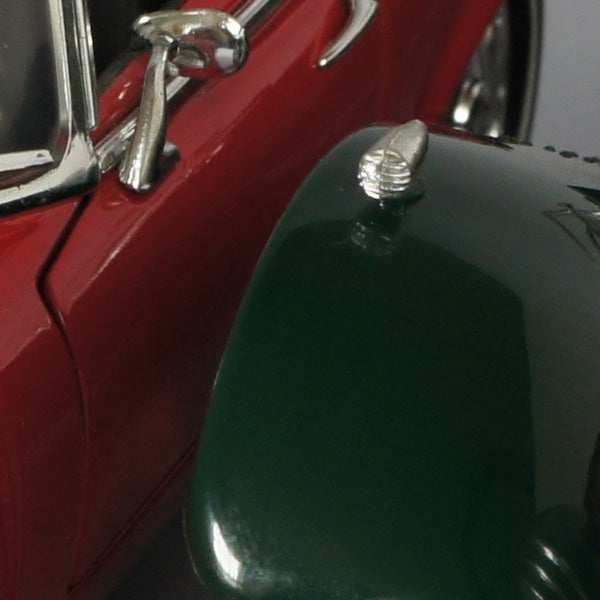
No visible difference at 400 ISO
—-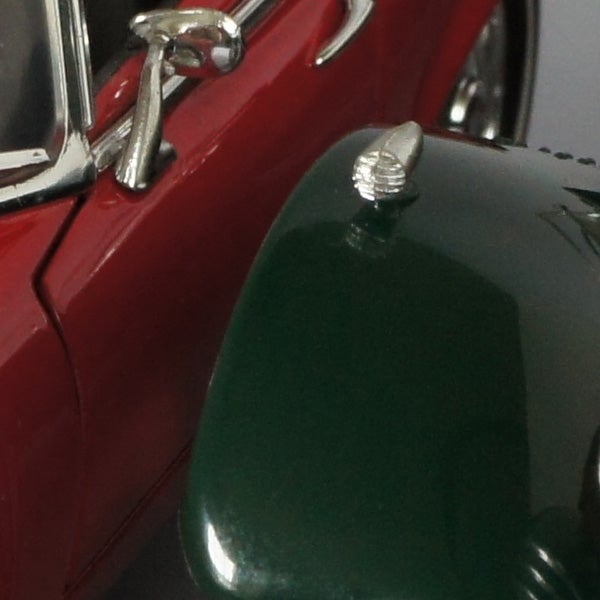
Still no noise problems at 800 ISO.
—-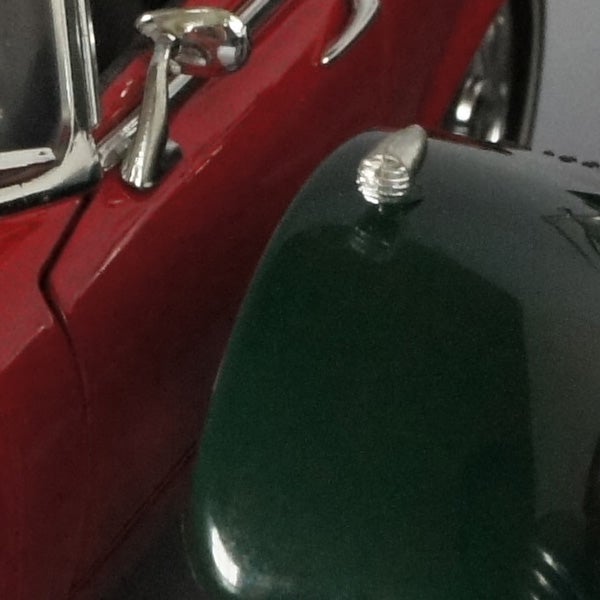
A slight dusting of fine grain at 1600 ISO, but the image is still very good.
—-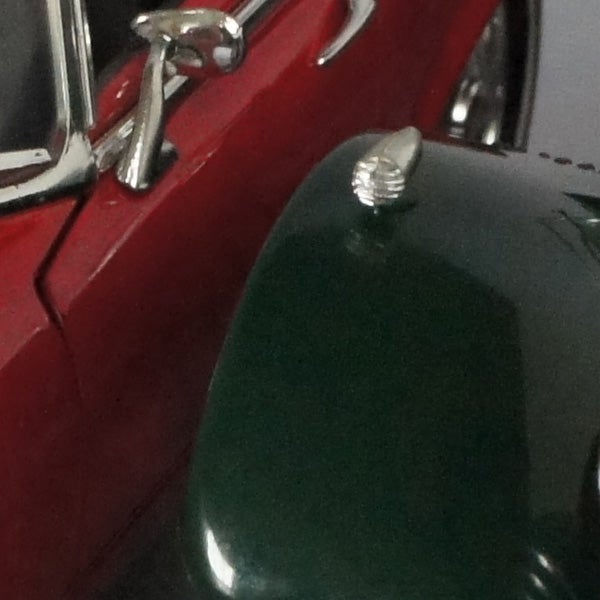
Slightly more grain at 3200, but this would make a good print.
—-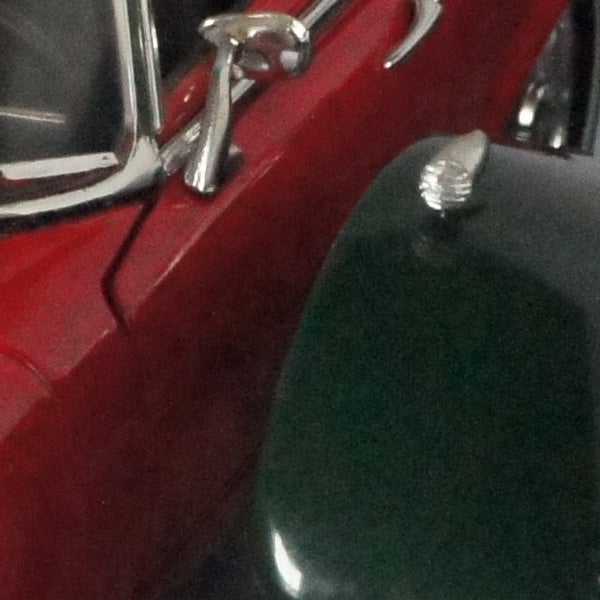
Colour is becoming blotchy and detail is fading, but this is very good for 6400 ISO.
—-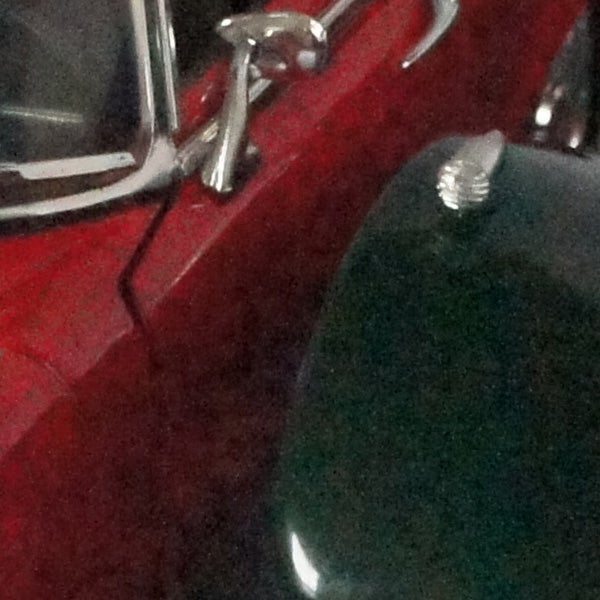
12800 ISO is pretty ropey, with lots of noise and little detail.
—-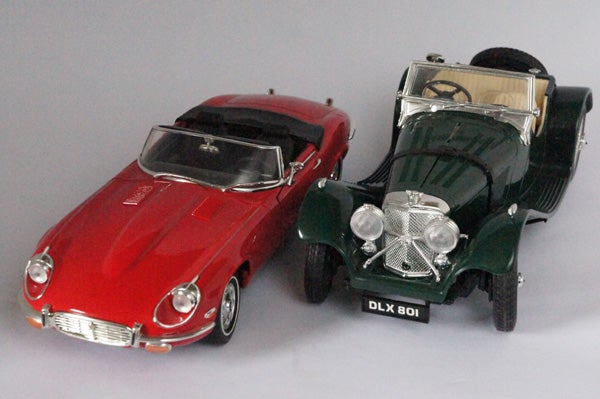
This is the full frame at maximum ISO.
—-
”A range of general test shots are shown over the next two pages. In some cases, the full size image has been reduced for bandwidth purposes, and a crop taken from the original full resolution image has been placed below it to show the overall image quality. Some other pictures may be clicked to view the original full-size image. ;;
—-
Here’s my usual DSLR test shot of Sidmouth seafront for comparison with other cameras. Click on the image to download a full-size version, but be aware that the file is 6.1MB.
—-
The one you’re going to want to compare this with is the Panasonic G2, but also have a look at the Samsung NX10 and any 14MP DSLR.
—-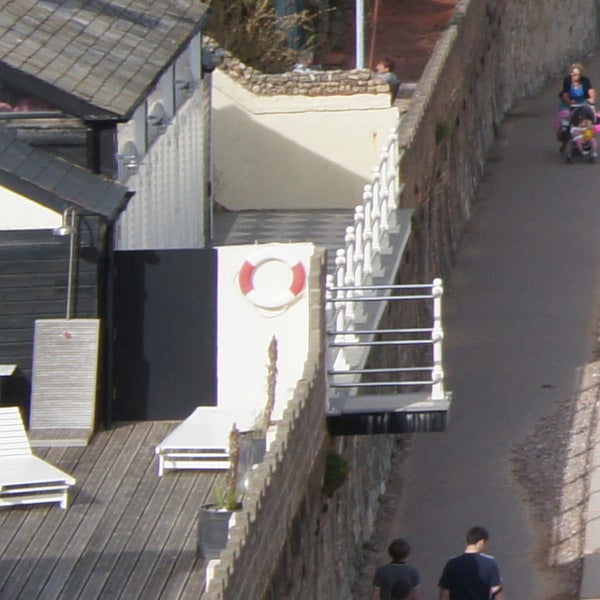
There is a tiny hint of purple fringe along some highlight outlines at the edge of the frame.
—-
The lens does produce some barrel distortion at wide angle, but it’s fairly mild.
—-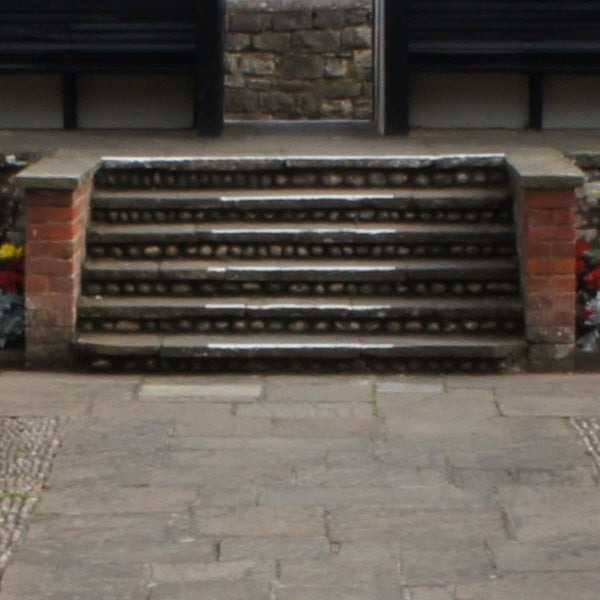
Centre sharpness is excellent.
—-
Corner sharpness is also superb.
—-
”Here are some general test shots to help evaluate the camera’s overall image quality, including dynamic range, colour rendition and the zoom range of the lens. Some pictures may be clicked to download the full size original image. ”
—-
The exposure system copes well with a bright back-lit scene.
—-
Colour rendition is superb, rich and well saturated but with plenty of detail.
—-
The tilting monitor is good for shooting over the guy in front of you, as you can tell from my shadow in this pic.
—-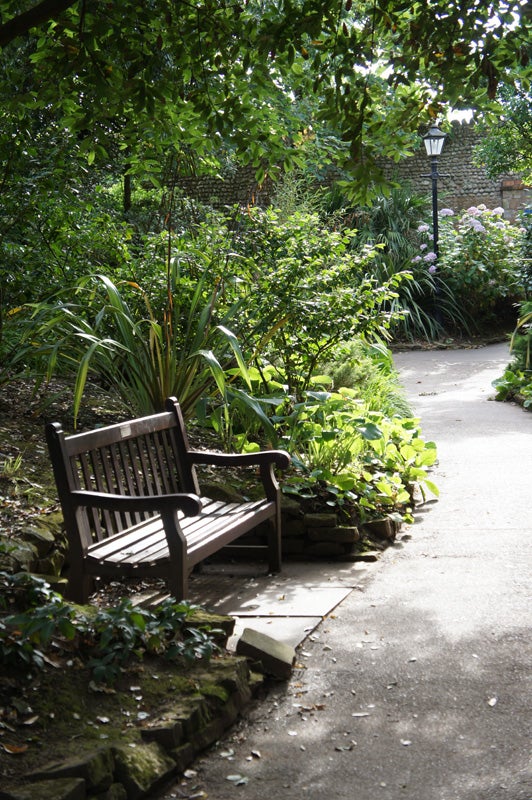
Another high-contrast back-lit scene, with good highlight and shadow detail thanks to the Dynamic Range Optimiser feature.
—-
This was shot hand-held with an exposure of one second.
—-
The NEX-5 encourages creative photography.
—-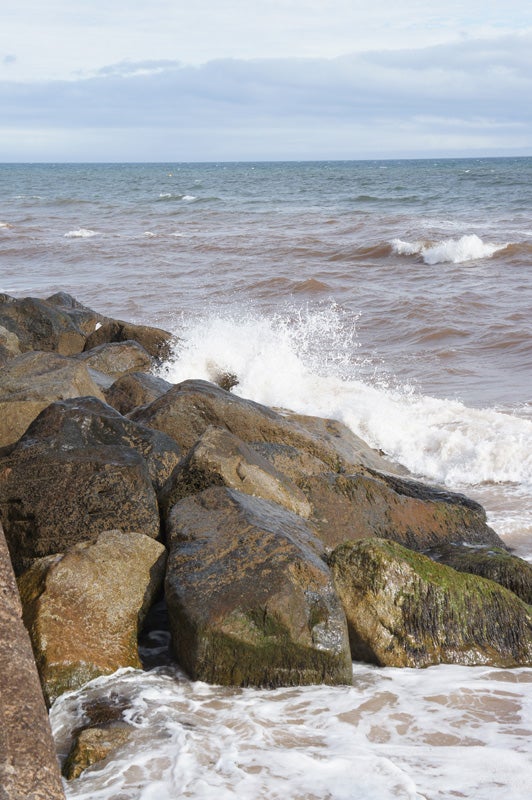
The fast AF system copes with sudden action.
—-
Trusted Score
Score in detail
-
Value 7
-
Image Quality 9
-
Build Quality 10
Features
| Camera type | Ultra Compact |
| Megapixels (Megapixel) | 14.2 Megapixel |
| Optical Zoom (Times) | 3.1x |
| Image Sensor | CMOS |
| Optical focal length | By lens |
| Shutter speed | 30-1/4000 secs |
| Auto focus | Contrast detection, 25 points |
| Manual focus | Yes |
| Max output resolution | 4592x3056 |
| Other resolutions | 3344x2224, 2288x1520 |
| Focus range | By lens |
| Exposure control | P, A, S, M, iAuto, 8 scene modes |
| Exposure metering | 49-segment metering via imaging sensor |
| Exposure compensation | +/- 2EV |
| Image Stabilisation | By lens |
| ISO settings | 200 - 12,800 ISO |
| LCD Monitor | 3-inch 921k dots |
| Viewfinder | Optional, 16mm view only |
| Flash range | Optional external flash, GN 7 at 100ISO |
| Flash modes | Auto, slow sync, fill-in, rear curtain |
| White balance modes | 6 pre-sets, colour-temp, dial-in, custom |
| Drive modes | Single, continuous, high-speed continuous |
| Image formats | JPEG, RAW |
| Picture adjustments | Contrast, sharpness, saturation with pre-sets |
| Video (max res/format) | 1920x1080, 30fps |
| Movie length | Card capacity |
| Self timer | 10/2 secs |
| Memory card slot | Memory Stick PRO Duo/SD/SDHC |
| Supplied memory | N/A |
| Batteries supplied | 1080mAh InfoLithium |
| Charger supplied | Yes |
| A/V output | PAL, NTSC, HDMI |
| Charging/Computer Connection | Yes |
| HDMI | Yes |
| Manual | 85-page printed manual |
Physical Specifications
| Dimensions Width (Millimeter) | 110.8mm |
| Depth (Millimeter) | 58.8mm |
| Weight (body only) (Kilogram) | 229gkg |

